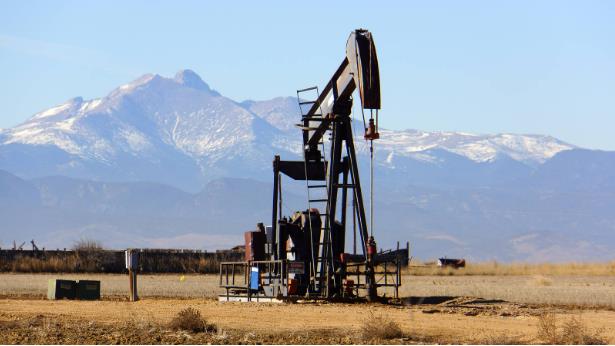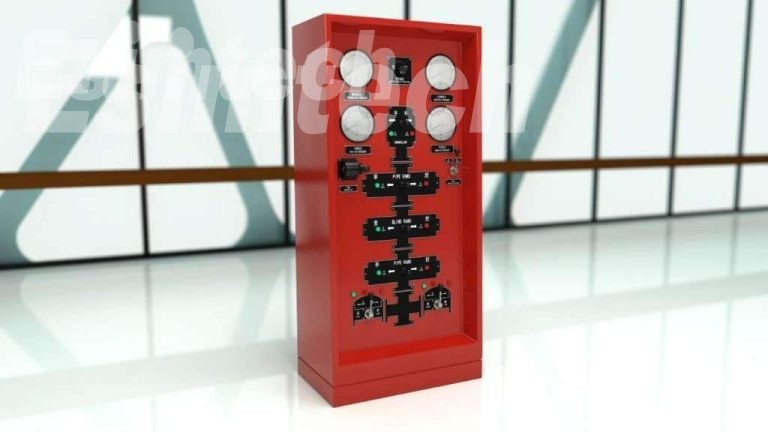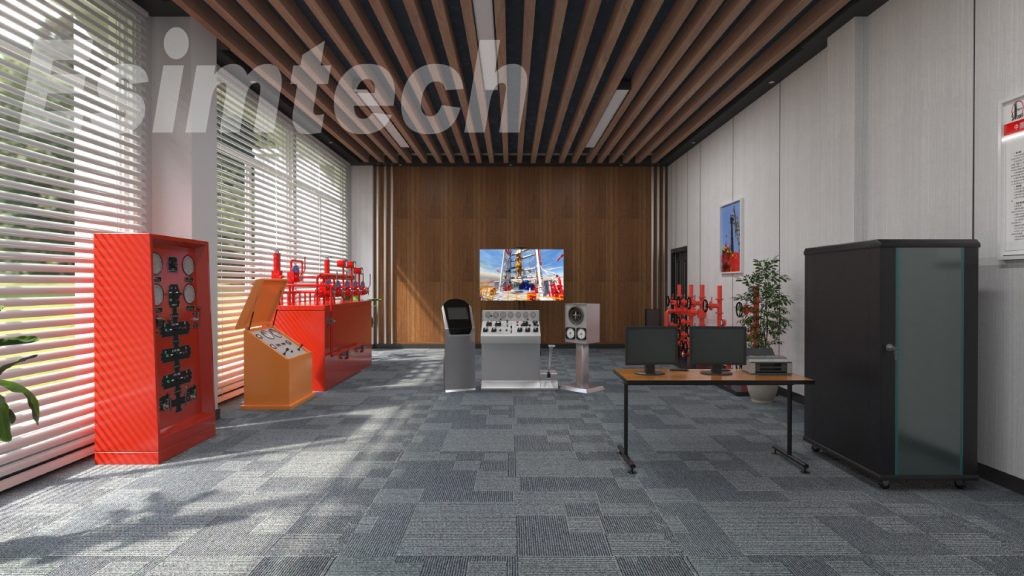The oil and gas industry operates within a complex network of equipment designed to extract, process, and transport hydrocarbons efficiently and safely. This article provides insight into the vital role of oil and gas equipment and emphasizes the applications of simulation technology within the industry.

Key Categories of Oil and Gas Equipment
Exploration and Drilling Equipment
The journey begins with exploration, where seismic sensors, geophysical instruments, and advanced imaging technologies locate potential reserves. Drilling equipment, including drill bits and mud pumps, is then deployed to tap into these reservoirs, showcasing engineering marvels capable of withstanding extreme conditions.
Production and Extraction
Following successful drilling, the production phase commences. Extraction equipment such as pumps, separators, and wellheads collaborate to bring hydrocarbons to the surface while ensuring safety and environmental protection.
Processing and Refining
Raw crude oil and natural gas undergo processing and refining to remove impurities and convert them into usable products. Equipment such as distillation towers and catalytic converters play crucial roles in this conversion process.
Transportation
Efficient and safe transportation of processed products is facilitated by pipelines, tankers, and railcars. Stringent safety and environmental standards are adhered to, mitigating the risk of accidents and oil spills.
Storage and Distribution
Storage tanks regulate the flow of oil and gas products, ensuring a steady supply to meet market demands. Distribution equipment, including loading racks and metering systems, facilitates the final leg of the journey to consumers.
Safety and Environmental Protection
Blowout preventers, flame arrestors, and safety valves are deployed to prevent accidents and minimize equipment failures. Extensive monitoring systems detect potential issues, ensuring responsible industry operations.

The Vital Role of Simulation in Oil and Gas Equipment
Oil and gas simulation technology is indispensable in high-risk environments. Advantages of simulation include risk reduction, cost savings, efficiency improvement, environmental responsibility, knowledge transfer, and operational flexibility.

Conclusion
Oil and gas equipment is essential for meeting global energy demands. Simulation technology enhances industry operations, ensuring efficiency, safety, and environmental stewardship. As the industry evolves, simulation becomes increasingly vital in driving responsible and sustainable energy solutions.










Comments (0)